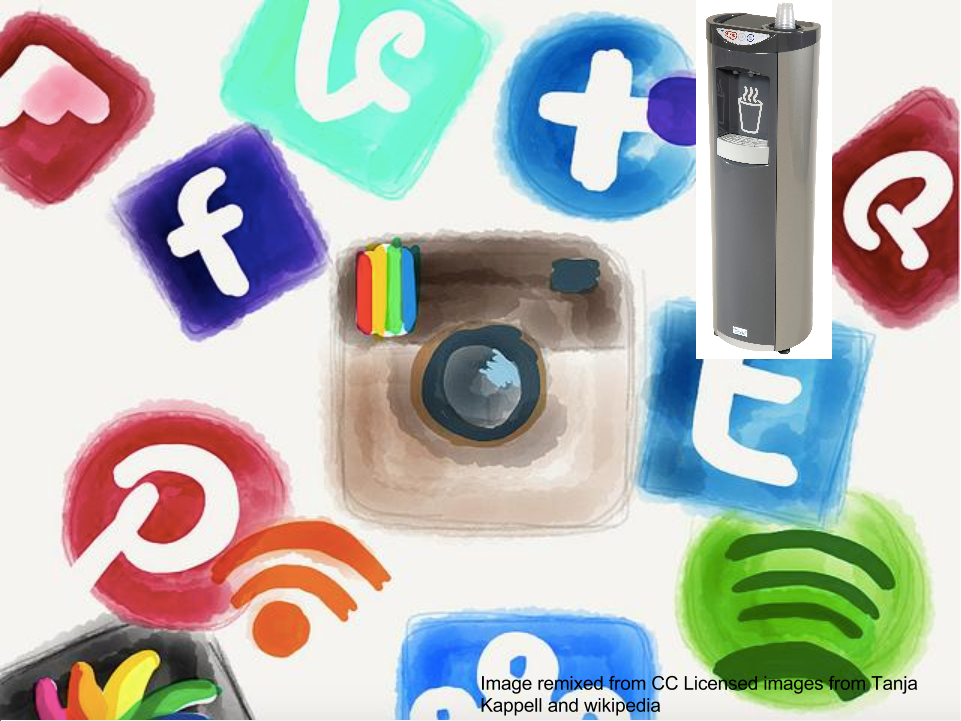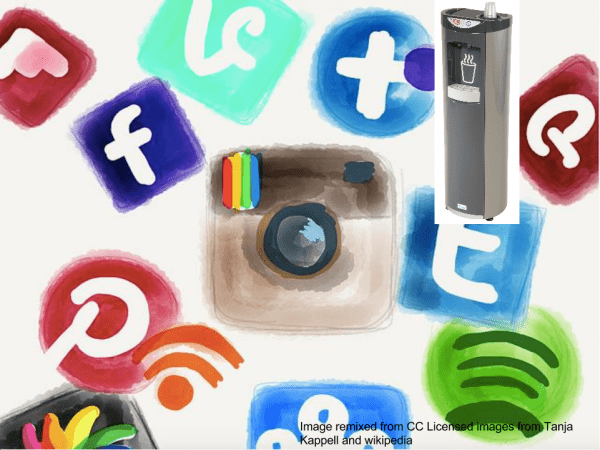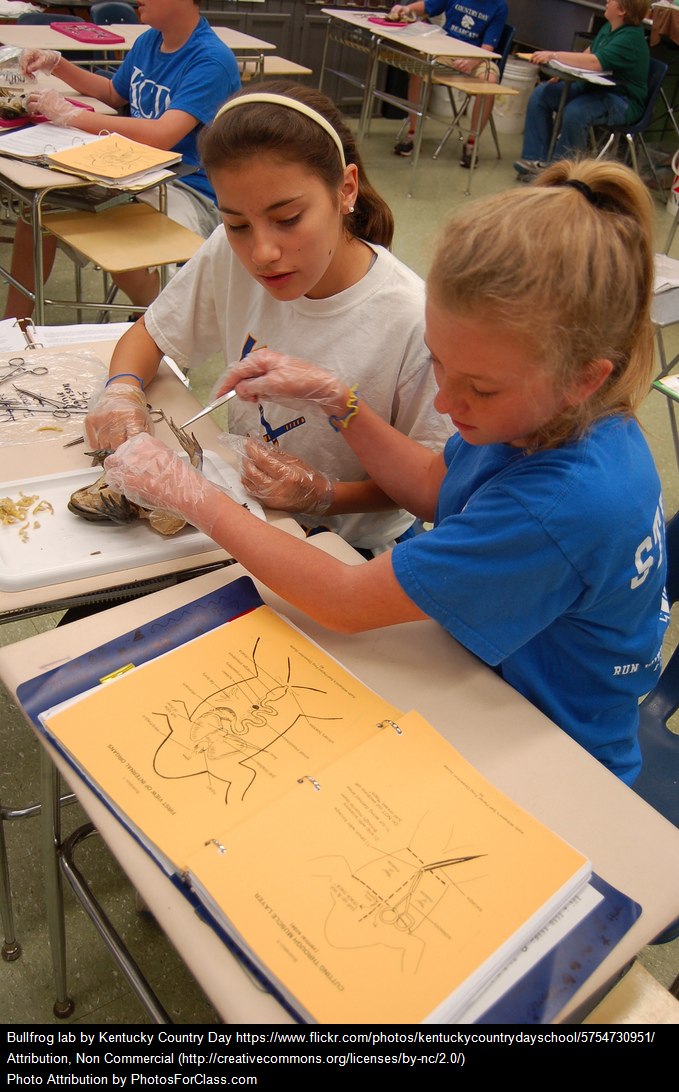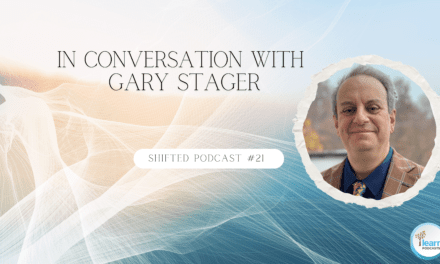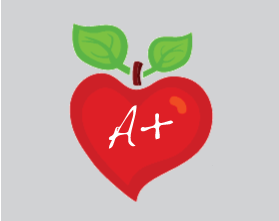A digital surprise for me this week was driving up to a brand new Starbucks drive-through and being asked what I would like to order – from a video screen. Imagine my shock when a real person on a screen asked me what I would like to order. It wasn’t just their physical appearance that caught my attention, it was the fact that the Barista could see my lips move and figure out what I was actually ordering. There was no need to clarify what I wanted, because they could hear and see what I was trying to communicate. In fact, when they saw my eyes move back to the menu after ordering my “Pumpkin Spice Latte”, they asked if I would like something else. The video screen not only made me feel good by connecting with a person who actually understood me, Starbucks was able to sell me more product. A late night drive through to another restaurant with no video screen, but the usual sound speaker left me with the wrong order, hungry and frustrated.
Working online from home means my water cooler break moments (when I am feeling confused about something, frustrated or need a break) involve connecting with my work colleagues in Skype. This week, I learned about the new Moji’s in Skype – clips from movies that have an uncanny knack to say exactly what you are thinking. Fellow work colleagues and my own family LOL (laugh out loud) while repeating the same video clips over and over again. The newest digital saying in our family is, “Again! Again!” (Meaning watch it again!) When Skype didn’t work this week, my work colleagues and I learned how dependent we have become on the quick text service that has become the means to check in for online teams. We also learned how dependent we are still on each other, and Skype is the tool that helps us connect and feel like part of a team.
Both drive-in video screens and Skype describe tools that help me develop relationships with others and communicate more effectively as a human being. They are also helping to create a sense of community, encouraging me to feel like I belong to something bigger.
Key Points to Human Interaction and Learning:
Learning is about:
- Engaging students;
- Clarifying what students need; and
- Ensuring that students are offered continuous support and encouragement in a timely manner.
Online courses that promote digital content interaction over human interaction do not personalize learning in the same way.
A current example of an online course that is content driven that personalizes learning for students is an online course with summative assessment options (like quizzes) that have answers with immediate feedback. For example, interactions are based on computer feedback like, “Great work, keep going” or “You need to go back and review the content again, then you can proceed.” If a student is frustrated, confused or needs to check-in with someone, you will have to send an email to the teacher and wait for them to get back to you. While it is a step in the right direction in terms of some kind of interaction, computer feedback is not the same as human feedback.
An online learning community that promotes personalized learning:
- Starts with some kind of digital content;
- Introduces inquiry questions that are designed for learners to explore the Internet for themselves and to connect with others;
- Encourages students to explore different learning paths;
- Clearly communicates scheduled times to meet for review or guided digging into a topic; and
- Provides, promotes, and encourages other opportunities for students to connect with teachers, peers, parents and community experts in the moment
An online learning community encourages the learner to trust themselves, their peers, their teachers and other community members in order to learn.
How can K-12 Online Teachers promote Human Interaction?
“It takes a village to raise a child” and online learning promotes these kinds of sustainable, human focused and trust based learning opportunities. However, learning how to figure out whom to connect with and how to examine the credibility of online connections is instrumental in creating online learning communities. The integration of social media and authentic digital tools, and modelling how to build bridges to connect with others rather than build classroom walls in online courses, will help to develop critical media literacy skills that ensure that we are preparing students for real life in our global community.
What are some ways you (or online teachers you know) are creating community in your online classrooms or providing your students with human focused learning opportunities? I would love to hear from you!

